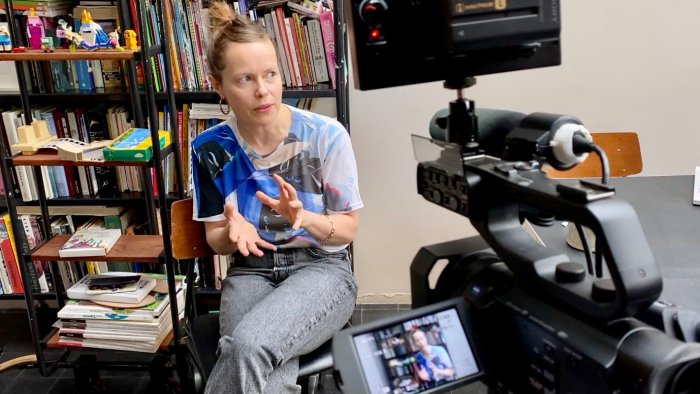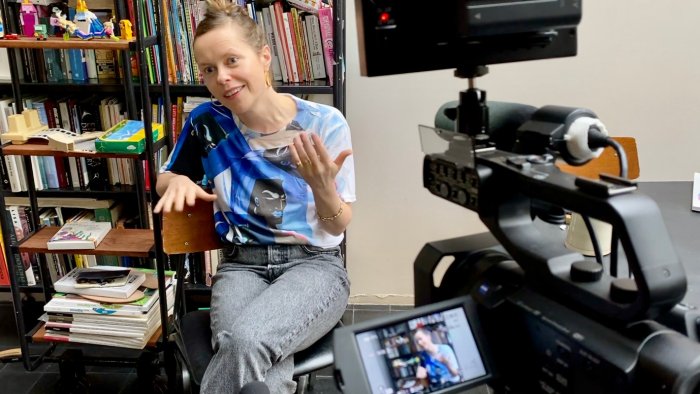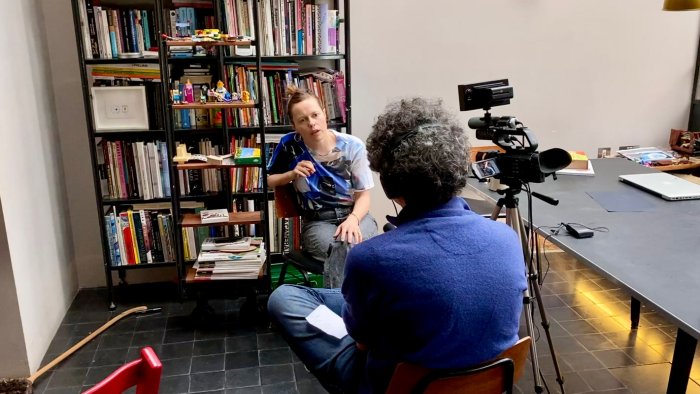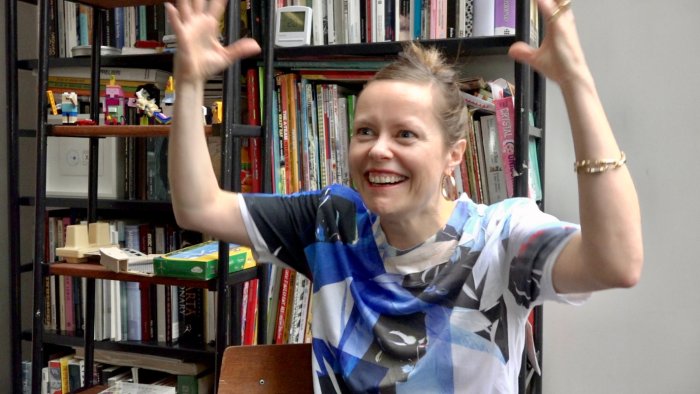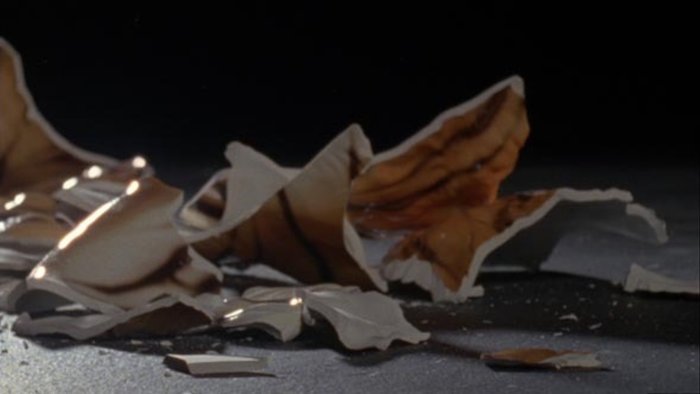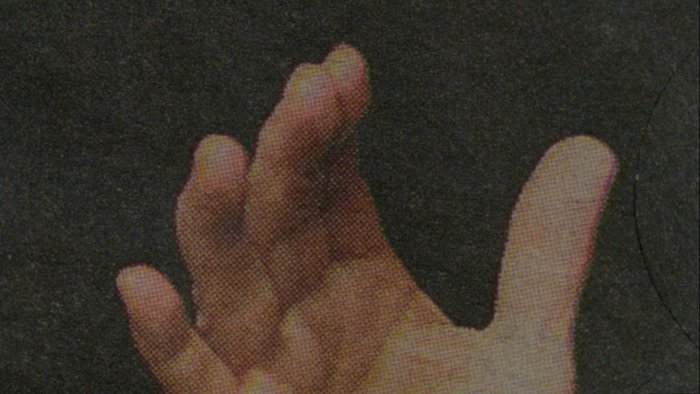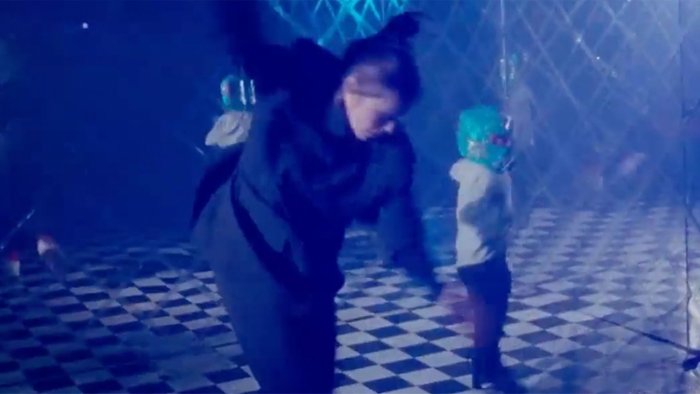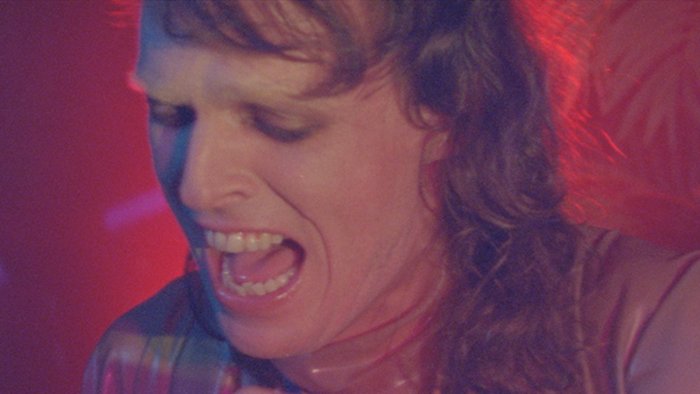Beatrice Gibson (3/5)
Filmexplorer's Editing Collection | Season 1 (3/5)
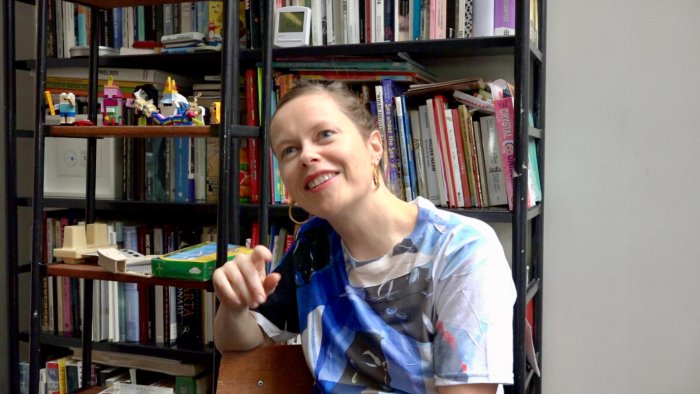
Editing, cutting, montage – it is one of the most important tasks in the creation of moving images. Both technical and artistic skills are required for the editor, whose role has often been neglected, while the theory of montage has been largely celebrated.
Filmexplorer hereby consecrates a series of online episodes to the work of editing, in order to stress the practical challenges of the job of editor and the artistic need for emancipation from any dogmatic rules.
The first five episodes highlight several aspects of the editing process through discussion with the makers: the editors.
Professional editors like Tania Stöcklin and Katarina Türler bear witness to the importance for the editors to be experts but not specialists. Thanks also to the experience in creating documentary films, they show the importance of an interdisciplinary approach to editing, which should start in the educational phase and continue through the collaborations with the film team.
Profession and artistic craft go hand in hand; this is stressed in the discussion with Beatrice Gibson who uses the strength of editing at its best in her own filmic works. The discussions with Philippe Ciompi and Fabrice Aragno not only confirm the interdisciplinary and artistic approaches, but also allow us to consider two specific perspectives on montage, respectively: on sound editing, and on multi-screen editing within an exhibition space.
Discussion with Beatrice Gibson
Beatrice Gibson recognises the influence of the modernist approach to composition in her artistic work. Showing the architecture of a composition becomes part of the film language, for which the concentration on editing will clearly be of enormous importance. This implies an active spectatorship, just like in the case of poetry.
In the making of editing she stresses how the interplay between control and chaos plays a fundamental role in the creative process. Even the self-imposition of some restrictions, such as the choice of the 16mm film, can be beneficial to this regard. In the context of the artistic practice, the editor is not the individual genius making art but a maker that takes advantages of the privilege – and the ethics – of slowness.
HEAR THE PODCAST:
This article contains a third-party video. If you would like to watch the video, please adjust your settings.
Some specific aspects of the discussion:
Starting the work of editing: 2’20’’
Designing before shooting as form of editing: 4’56’’
The influence and advantage of putting restrictions, like choosing the 16mm film: 7’41’’
The act of editing is addictive and in the ideal conditions of artistic practice is time demanding: 9’25’’
The physical conditions for editing: 11’50’’
The question of intuition: 14’09’’
Using of thrilling moments and playing with expectations: 15’28’’
Involving people that the editor trusts to have suggestions: 17’17’’
Importance of sound in the creative process: 18’37’’
Using the visibility of editing and stimulating an active spectatorship: 20’49’’
*
Sound excerpts from her films: The Tiger’s Mind (2012), I Hope I’m Loud When I’m Dead (2018), Two Sisters Who Are Not Sisters (2019)
Hear Filmexplorer's interview with Beatrice Gibson (podcast, 2016) about her film «Crippled Symmetries»
